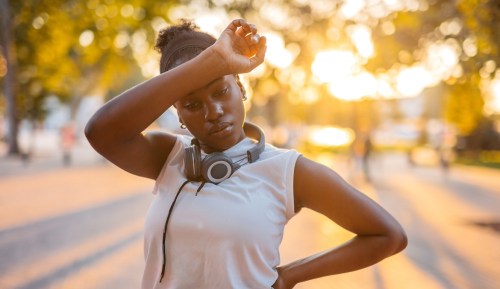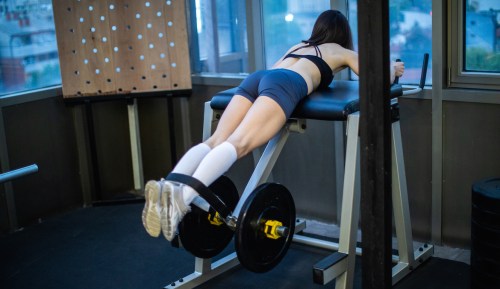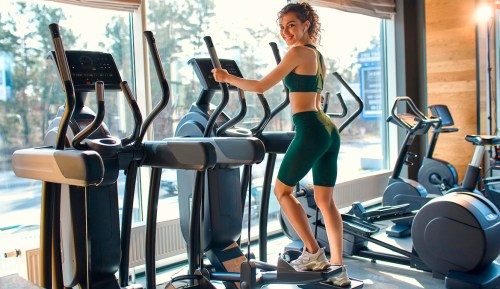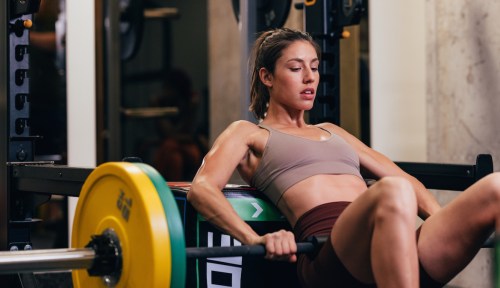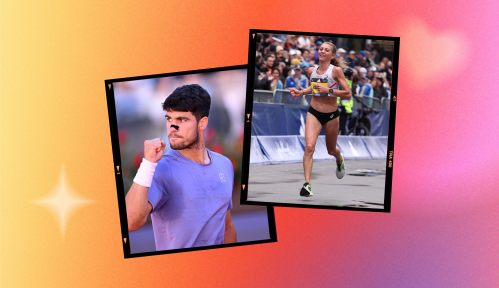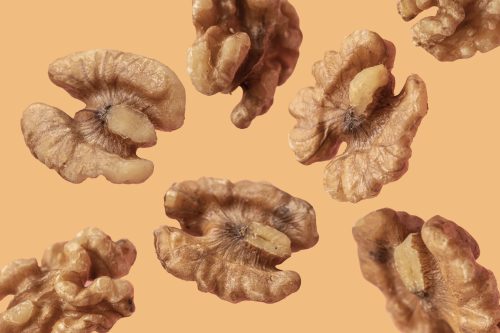Our editors independently select these products. Making a purchase through our links may earn Well+Good a commission
Is Mysore Ashtanga right for you?
While some yogis prefer to go with the flow of a packed Vinyasa class, others swear by this tough self-guided yoga style.
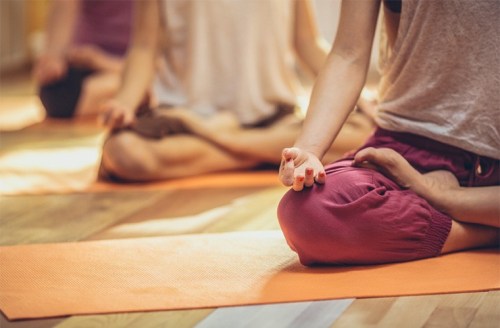
It’s morning at The Shala Yoga House on Broadway, and a room full of students moves independently—a chaturanga next to a triangle pose next to a downward dog.
The scene is typical of Ashtanga yoga, a style developed by Sri K. Pattabhi Jois and known for its signature Mysore classes in which students memorize several series of poses and move through them at their own pace, adding more difficult poses as they progress.
Ashtanga has been flourishing in New York City for years at studios like The Shala and Ashtanga Yoga New York (AYNY), but self-guided Mysore-style classes are still a foreign (or frightening) concept for many yoga students. While focus is essential for any yogi, it’s crucial without the comforting cues of an instructor leading you through every vinyasa.
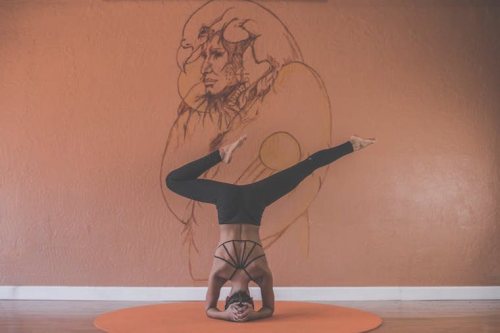
But Eddie Stern, New York’s most well-known Mysore instructor, who co-wrote a biography of Pattabhi Jois, says the gradual nature of the practice makes Ashtanga just as accessible as other styles. It just takes time.
“All the great practitioners through the ages have maintained a practice—that is how they excel,” he says. “They don’t drop into classes when it suits them. So we have to determine our level of commitment, and apply ourselves accordingly.” Barbara Verrochi, co-director of The Shala, says that most Mysore devotees practice daily, or almost daily.
“It’s taught me to make peace with poses that aren’t my favorites, whereas in Vinyasa classes I used to hope the teacher wouldn’t include them.”
“I like what the practice has taught me about dedication, devotion, and perseverance,” says Ann Abel, an editor and a Shala student, who has been practicing Mysore Ashtanga for a year and a half. “It’s taught me to make peace with poses that aren’t my favorites, whereas in Vinyasa classes I used to hope the teacher wouldn’t include them.”
As I moved through the poses with Verrochi at my side, I wondered if Mysore Ashtangis miss the rhythm of a group class or the surprise of varied routines.
“All the great practitioners through the ages have maintained a practice—that is how they excel. So we have to determine our level of commitment, and apply ourselves accordingly.”
Turns out, repetition is one of the things some Ashtangi’s, like Rachel Winard, love. The creator of Soapwalla has been practicing Mysore with Stern for six-plus years, and says there’s something really meditative about it. “I also love that my practice is a part of me—I can take it with me, roll out a mat anywhere, and practice,” she says.
But isn’t it difficult to memorize all of these sequences? Not if you learn them slowly and methodically, says Stern. And both Abel and Winard confirm that with the right instructor, it comes naturally.
So who is Mysore Ashtanga right for? While some say it draws Type-As or introverts, it seems like it’s more about being comfortable in your own skin and being able to draw on an inner personal strength that motivates and propels you. It’s for yogis who value gradual development, and enjoy creating a personal practice. Stern has a simpler way of seeing it: “If you want to do Ashtanga,” he says, “then you are the type of person this practice is meant for.”
If you don’t think yoga is for you, allow Lena Dunham to inspire you. And if you’re already a pro, find out how you can make $400,000 a year as a teacher.
Originally posted February 3, 2011. Updated February 22, 2017.
